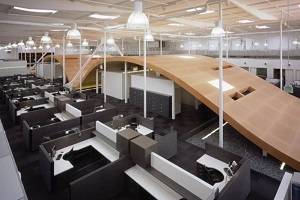April 13, 2013
Report highlights changing occupier demands in City of London property
 A new report from DTZ has outlined the ways in which the City of London property market is changing in response to occupier demand. As has been revealed in previous recent surveys, one of the most significant factors is a shift in focus away from the City’s traditional financial services heartland towards the technology, media and telecoms (TMT) sector. Other structural changes include greater demand for different types of facilities from law firms as the legal sector adjusts to developments in its own market. The broader base of tenants and the expected economic upturn will mean a gradual improvement in demand although the report concedes that even by 2017, the market will not have returned to its peak.
A new report from DTZ has outlined the ways in which the City of London property market is changing in response to occupier demand. As has been revealed in previous recent surveys, one of the most significant factors is a shift in focus away from the City’s traditional financial services heartland towards the technology, media and telecoms (TMT) sector. Other structural changes include greater demand for different types of facilities from law firms as the legal sector adjusts to developments in its own market. The broader base of tenants and the expected economic upturn will mean a gradual improvement in demand although the report concedes that even by 2017, the market will not have returned to its peak.























April 10, 2013
What the CIFF 2013 show taught us about workplaces in China
by Mark Eltringham • Comment, Flooring, Furniture, Workplace design